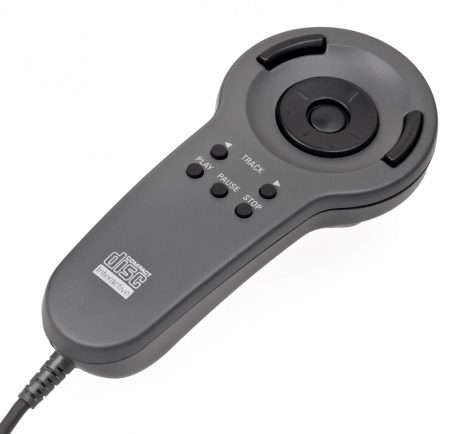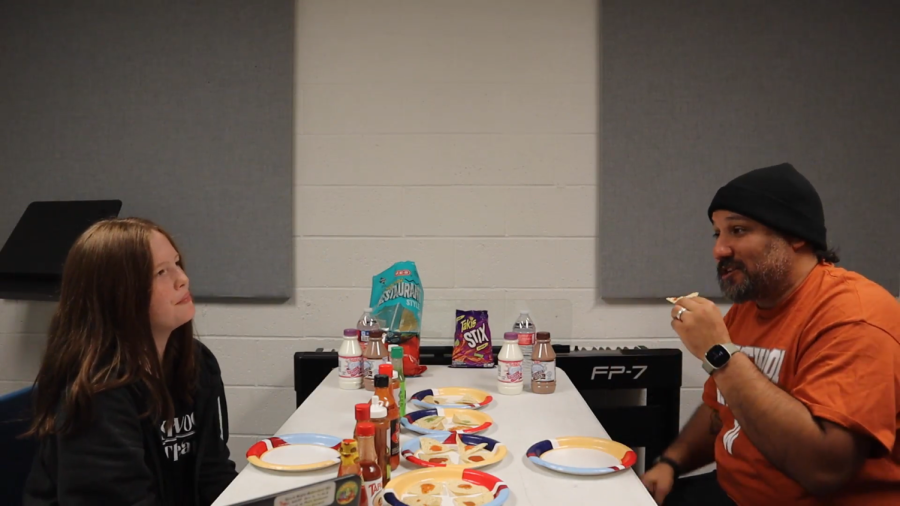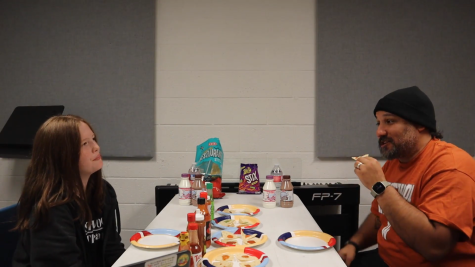The Phillips CD-i: When, What and Why
Over the years, Nintendo has produced some very, very excellent Legend of Zelda games. It’s my favorite Nintendo franchise. However, the series has had some low points, with a couple of games that didn’t shine out very far above anything else (*cough cough* Links Adventure).
The Sony PlayStation That Never Was
In 1991, however, Nintendo was one of the best leading console producers and game makers in the field. It’s no surprise that many other companies would want a piece of their success. Enter Sony. A few of the employees at Sony had been secretly developing a CD-ROM that could be used to play video games. Because Sony was not a video game company (this was years before the PlayStation) many high-up executives did not approve.
However, the little project paid off when Nintendo asked Sony to make a CD extension to the NES in 1988. Sony was also asked to make a new console, the Nintendo PlayStation. A prototype was developed for both; and soon it was time to show the public what Sony had been working on. At the Consumer Electrics show in 1991, Sony finally showed off their prototype to the world. However, the next day, Nintendo announced plans to work with Phillips, Sony’s TV/CD making rival! This surprised everyone: including Sony!
Why the betrayal? Sony’s deal with Nintendo gave Sony the total rights to the CD game player they were making. This gave Sony a large portion of soon-to-be Nintendo technology. Nintendo couldn’t have that, so they negotiated a more favorable deal with Phillips.
Sony and Nintendo tried to make up the rift they had created, but it was too late. Not even two hundred more prototypes and a new deal could bring the two back together. Sony, with the technology of their own now, began working on their own console (the PS 1!).
The Phillips CD-i Enters the Scene
Forgetting about Sony, for now, let’s look at the Phillips CD-i. Now that the deal with Sony was negotiated, Phillips began production on its co-op console with Nintendo. The console had plenty of games to boast, ranging from educational games to classic fighting games and such. However, the CD-i didn’t want to stop with games. No. The console also began to try to be a computer too. For only £99.99, you could get online service, which included internet (of rather limited capability) and online multiplayer (for a few games). Although the system never launched this functionality in America, it was released in the UK in 1995. A mouse was added to the CD-i to support this: but not a keyboard. See, the Phillips CD-i used a virtual keyboard for all of its internet access. Imagine having to use a TV remote to type every time you used the internet.
And just take a look at that controller! So… good (no, really bad). This thing was for games, by the way. Not an internet thing. Nope.

All other games and online functionality aside, a big reason Phillips wanted a deal was to get its hands on some big Nintendo franchises: namely Mario and The Legend of Zelda. Enter some of the most horrible and painfully bad games ever created: Hotel Mario, Link: The Faces of Evil, Zelda: The Wand of Gamelon, and Zelda’s Adventure.
Hotel Mario
There’s a pretty good chance you know what Hotel Mario is, or at least have seen it somewhere even if you didn’t know what it was. Here: does this image bring up any memories?

Hotel Mario was a puzzle game in which you went through seven “Koopa Hotels” by going from door to door inside the buildings. The end goal, of course, was to save the princess and defeat Bowser.
The game was heavily criticized (along with all the Legend of Zelda CD-i games): however, most critics came later in the modern day. When Hotel Mario came out it received some of the most mixed reviews you could imagine. Some people praised it’s simple puzzle features. Others said the game was fun, but got boring fast. Then there were those who said, and I quote GamePro, “the only intriguing aspects of this game are the well-fashioned animated sequences”. Well fashioned? If I remember, the animation was really bad (not as bad as the CD-i Zelda games). I suppose, if we keep in mind that this was the year Super Meteoroid came out, the animation was decent for the time.
Link: The Faces of Evil and Zelda: The Wand of Gamelon
(DISCLAIMER::: Although the two were not the same game, they used the same game mechanics and graphics, so I’m lumping them together here.)
While not as commonly heard of as Hotel Mario, the Link CD-i games are even more hilariously bad. The two games had you control Link or Zelda respectively. Both are notorious for their terrible platforming. Platforming, you ask? That doesn’t sound like a regular Legend Of Zelda game. You’re right. It doesn’t. There aren’t any official Legend Of Zelda platforming sidescrollers. Anyway, the platforming was terrible: many times you would find yourself passing straight through platforms you had to jump on.

The game falls short in other categories, as well. In the puzzles category, for example, an NPC comments that a man is stuck under a rock. Upon a little exploration, you find an iron top upon a large rock. Would you expect the puzzle to require A): Throwing a bomb at the iron B): Solving an actual puzzle, or C): Throwing 10 very expensive bombs at it with no indication that the bombs are doing anything until the 10th bomb breaks it. As you can probably tell, the answer is C. Once you throw you ten very expensive bombs at the hole, you get a cut scene where the man thanks you… and that’s it. No reward, no secret area… that’s it.
In the final boss battle category, the Link: the Faces of Evil final boss is just throwing one item at Ganon while he barely moves (and it one hits him. It’s also the only way to beat him). The games stink. That’s the end of the story.
I think Link from the game sums up playing the game the best: “Gee, it sure is boring around here!”
Zelda’s Adventure
While Zelda’s Adventure was probably an improvement on the previous 2 games, it still kind of sucked. While the badly animated cutscenes were removed, they were replaced by live-action scenes. However, these weren’t in video format. They were in slideshow format, basically. 0.5 FPS of pictures of people in progression. So bad.
Graphics-wise, it looked like this below. I don’t know what else to say. The graphics weren’t great. They weren’t that bad.

When it comes to level design, that wasn’t half bad. The music was fine, kind of generic, but fine. The gameplay wasn’t exactly revolutionary, but it enough made people want to play the game the full way through.
One place that was weird for this game was loading. Every time you crossed from one square into another, the game would freeze for about 3 long seconds, stopping all the music, then restarting it as you finally showed up in the next area. Overall, though, the game was… fine. Just OK. There are some weird un-creative parts (the land you live in is not called “Hyrule” but “Tolemac”, which is Camelot spelled backward) but it was fine. Decent. Ok. It’s just kind of forgettable.
Overall
Overall, the CD-i was bad. It was really bad. it had few to no redeeming qualities, and most of the games were really bad. I think that Bill Gates said it best: “It was a device that kind of basically got caught in the middle. It was a terrible game machine, and it was a terrible PC.” Then again, we got plenty of hilariously bad cut scenes, so I guess it wasn’t a total loss.

Baker Tuthill is in 8th grade and went to Spicewood elementary. He takes BIMM, Theatre and Newsmedia. He has one younger brother who is in 5th grade....






















